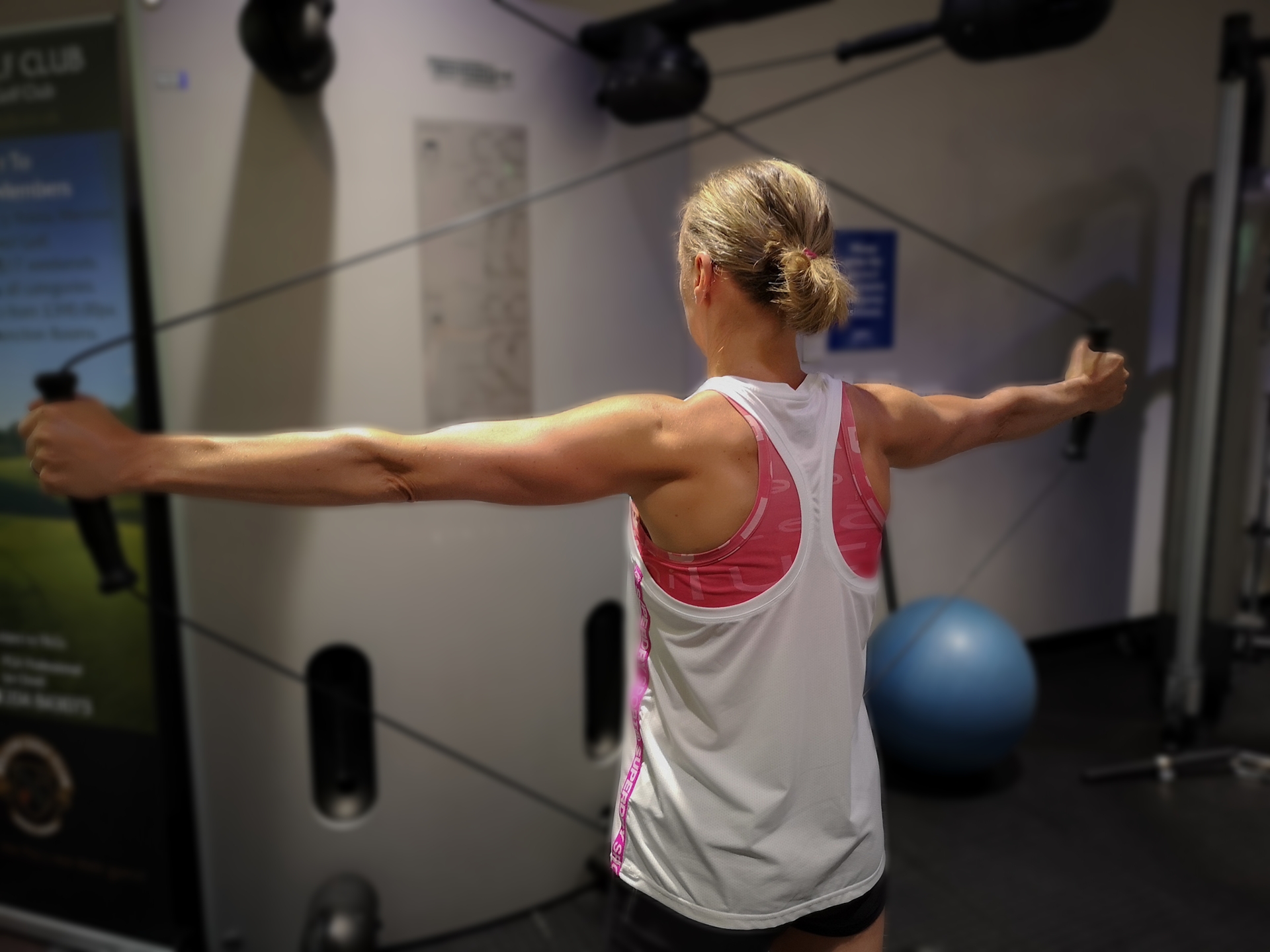Fascia: What is it and why is it so important?
Fascia is a web like substance also known as connective tissue that surrounds and connects every muscle and organ in the body. Research shows that fascia plays important roles in posture, circulation, force transfer, balance, coordination, and is one of the most common causes of musculoskeletal pain.
Fascia has elastic properties much like a plastic band; it provides load transfer from our bodyweight as we move. These elastic properties are able to stretch and recoil when in an optimal state; far too often this is not the case. Restrictions such as adhesions, inflammation or scar tissue in fascia cause a pull in the fascial system, which restricts the recoil properties. These pulls or restrictions are responsible for movement dysfunction in muscles and joints, which can lead to postural faults, pain and muscle imbalances.
Fascia and Pain
Fascial pain or “myofascial pain syndrome” symptoms usually involve muscle pain with specific trigger or tender points. The pain can be made worse with repetitive activity or stress. Fascial restrictions can cause headaches and feelings of stiffness throughout the body. People with myofascial pain syndrome people may suffer with depression and fatigue.
Restrictions in fascia can cause tension in other parts of the body since everything is connected by fascia. These restrictions can lead to postural alterations since the tissues are not able to move freely, this can inhibit a muscle’s full potential and causes strain which can then lead to pain.
When fascia becomes stuck in an area this then causes a thickening within the tissue, which can restrict movement further.
Treatments for fascia
There are a wide range of treatments aimed to address fascial restrictions from foam rolling, stretching, myofascial sling exercises and myofascial release massage.
The aim of these treatments is to apply a mechanical pressure to the fascia in order to release and unfreeze the restrictions within the tissues.
These treatments can act in an immediate fashion and allow tissue restrictions to dissipate, releasing the adhesions and allowing the muscles to move freely, leading to reductions in symptoms and pain and improvements in range of movement and flexibility.
A postural examination can identify fascial restrictions, most often a course of manual therapy treatments along with exercise, stretching and rolling are combined to achieve healthy fascial tissues.
Summit Physiotherapy’s Approach
At Summit Physiotherapy we observe movement patters and look at each clients movement health. We are seeing more and more clients with fascial restrictions and issues, which are, contributing to their symptoms, pain and even performance outcomes.
A classic example of a fascial related pathology is ‘Runners knee’ which is caused by the Ilio-tibial band (ITB) becoming over loaded. The ITB is a band of fascia, which puts excess strain on the outside of the knee causing pain and inflammation leading to ‘Runners knee’.
Here at Summit Physiotherapy we are seeing more and more clients with ‘Runners knee’ highlighting the effect fascia is having on our bodies.
To find out if you have any fascial restrictions affecting your movement health or contributing to pain please call us on 0800 731 2738 or Book Online.
If you wish to find out more information Thomas Myers a fascial expert provides additional information via the link below.
Anatomy Trains



